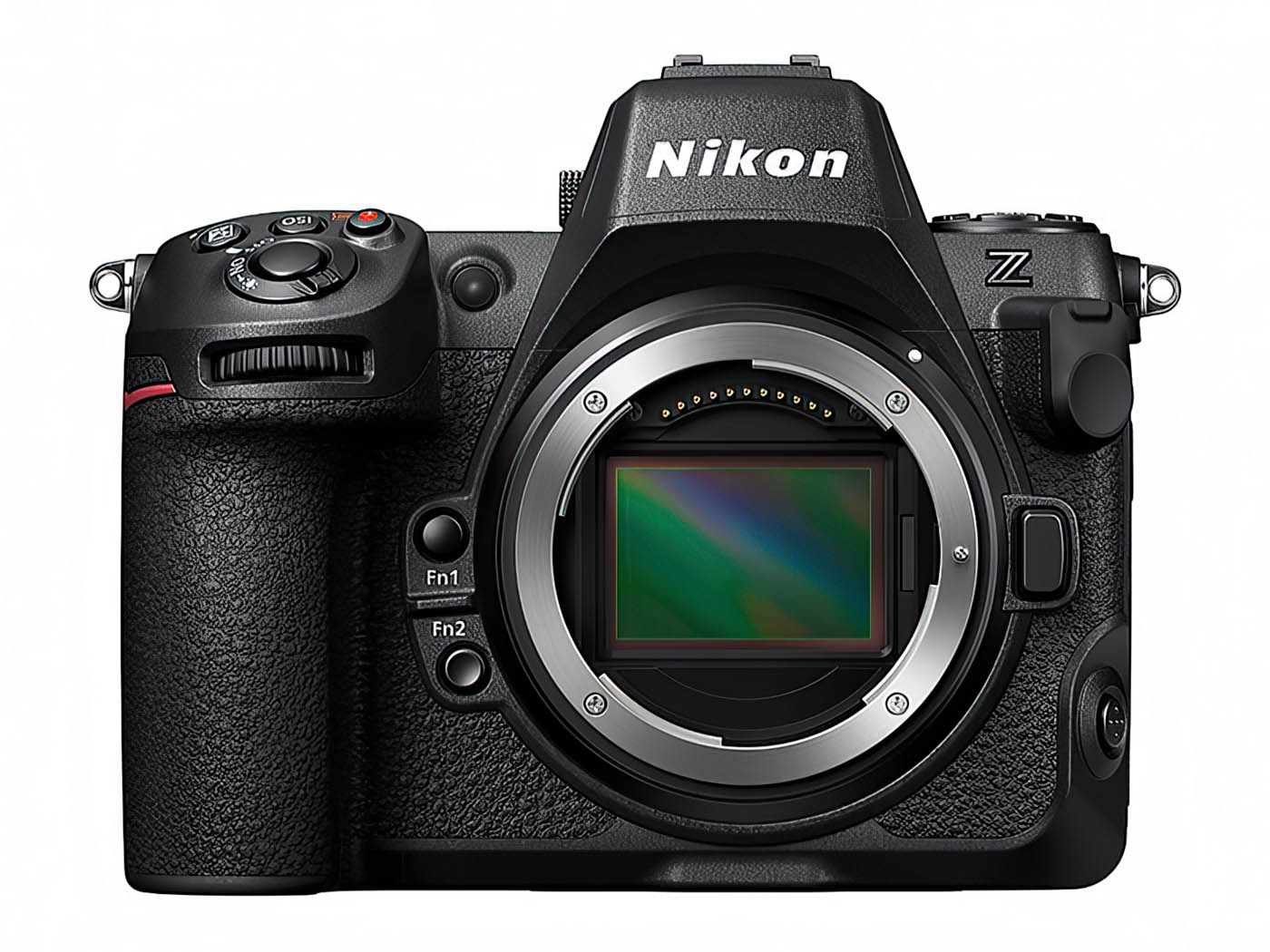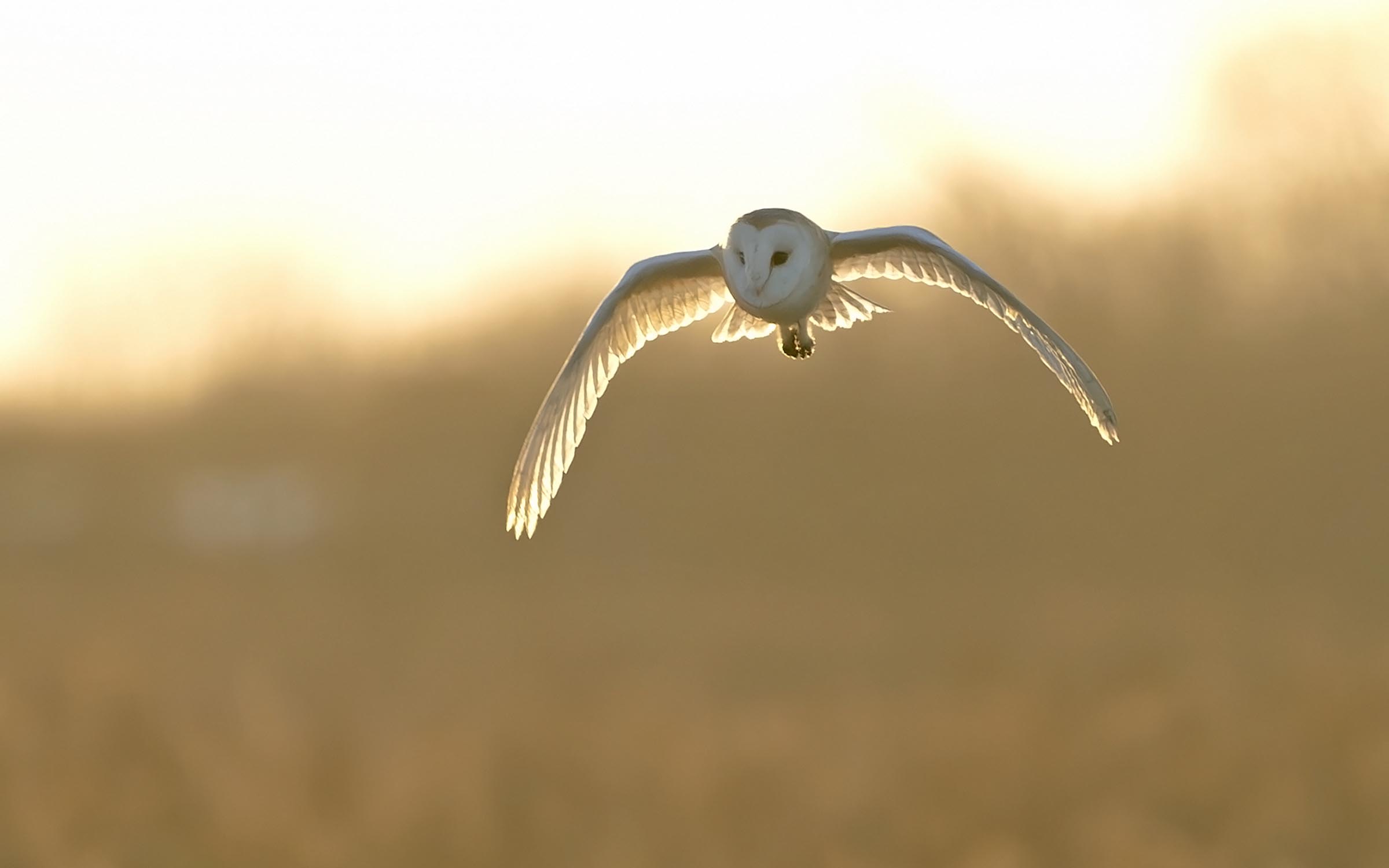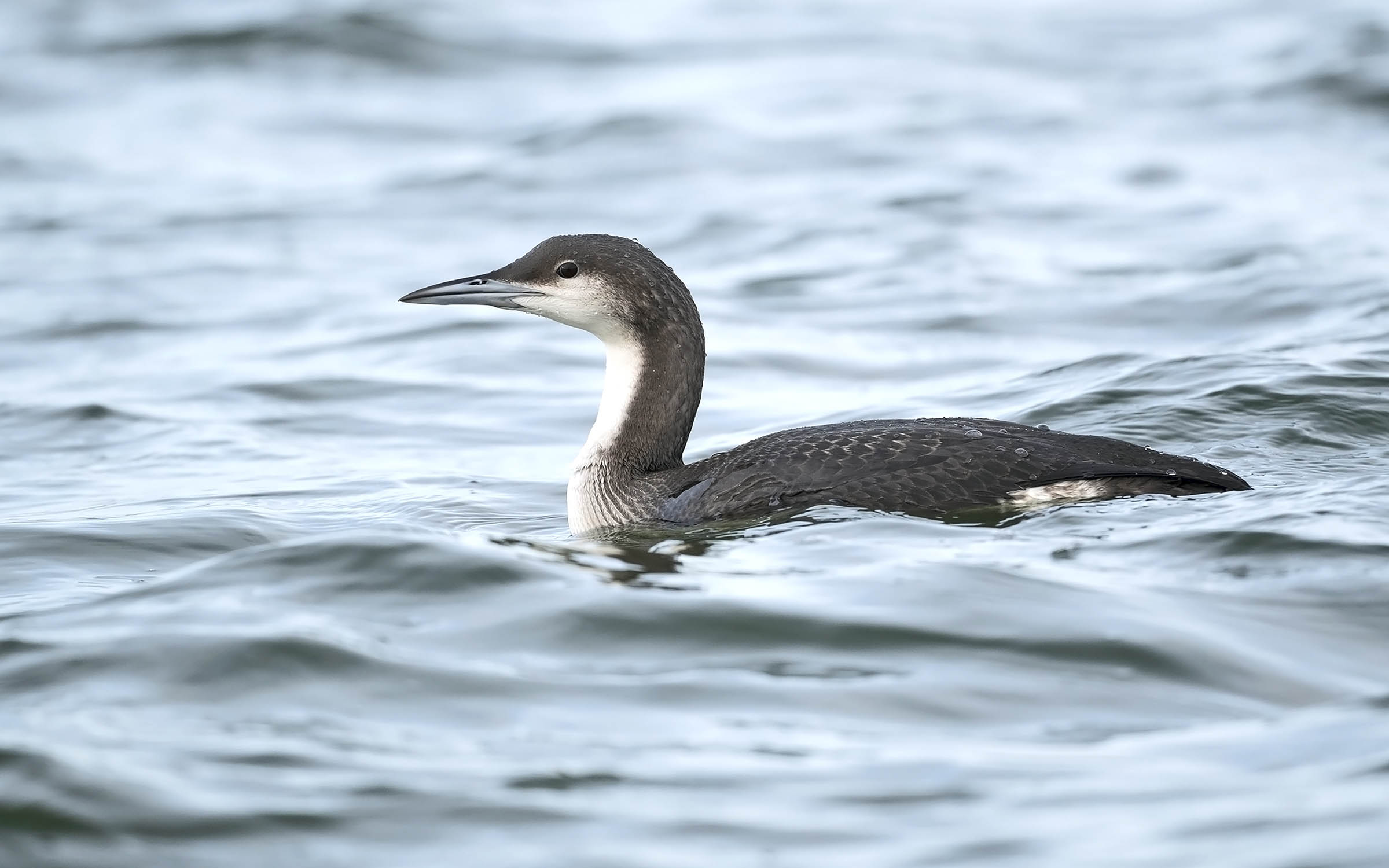Nikon Z8 mirrorless camera
I've been a Nikon user since 1983, when I carefully unboxed my first FM body – I was almost too scared to pick it up! I used most of the top film models of the 1990s, then the game-changing DSLRs in the 2000s and now another new dawn: the electronic, mirrorless Z8.
I must make clear that this is my own camera, bought after much research and saving. Was it worth changing and could it take better images than my D4 and D500? Over the last month I've been seeing what it can do in the field.
The Z8 is a full-frame body with a 45.7-mp sensor, which means the lens you are using is the size it is and there is no increase in magnification as there would be using a cropped sensor. There is an option to use fewer pixels and increase the magnification by 1.5x by switching to DX mode; a flashing warning sign on the viewfinder indicates when this is done.

Two card slots are available, one for CFExpress/XQD and the other for SD. These can be set as either a back-up card or overflow, so when one is full the other takes over. The battery is the EN-EL15c, a new version of the 15-model used in many Nikon bodies; the original can be used in the Z8, but will not last as long.
Pressing the Menu button takes you into an extremely detailed list of seven sections covering everything the camera can do. I would advise downloading the camera manual and reading through it carefully; I didn't and messed up part of my first day's shoot.
All the usual various metering and exposure modes can be perused while using an amazing choice of frames per second (FPS; from 5 to 120 depending on whether RAW or JPEG is chosen). ISO range is from 64-25600 with an extended range up to 102400, and everything you would expect regarding RAW or JPEG files with an almost bewildering choice of either (or both) to shoot.
The Control set-up allows the camera to be personalised, with various buttons allowing the user to set their own preferences for what each can do.
The electronic shutter can be set to quiet mode, perfect for nervous species or when in a hide full of people, although even when not on quiet it isn't noisy – there's no loud DSLR clunk-clunk, just a rapid, soft tic, tic, tic.

A large crop has given an acceptable image of this Barn Owl at sunset, but the hit rate of sharp shots was lower compared to Steve's later photos of other species taken with a different AF setting (Steve Young).
Vibration Reduction is built in to the camera but only works in-camera with Z lenses; any F-mount lenses attached via the FTZ adaptor (a necessity for these lenses to work with the camera at all) must have the VR switch to On for VR to work.
The semi-articulating viewfinder was very different compared to a DSLR and took a little while to get used to, but it is excellent and soon became the new norm.
I was shocked when I first looked through the camera as it was totally black – yes, the lens cap was off! I couldn't work out what was wrong until I realised that I was in my favoured manual exposure setting and, unlike a DSLR, what you see through the Z8 viewfinder depends entirely on your exposure setting: underexpose and it's too dark, overexpose and it's too light. These electronic screens that 'preview' the image you're about to take are great for learning about photography – and there's no excuse for taking a wrongly exposed photo now!
The auto-exposure was very good, only failing when it came to a white bird against dark water or a dark bird against grey sky. Either use manual settings or make some exposure compensation in this situation, as you would with any other camera.
My first day out was to Lunt Meadows NR, Lancashire, to try and replicate the Green-winged Teal photos I'd taken on my D500 so I could compare results. I had no luck with the duck, but more success with a slightly too distant Barn Owl in the evening which I took using DX mode, but I was a little disappointed with the results. The AF kept failing to lock on and I missed quite a few shots. Back home, after browsing the manual, I changed the AF settings and a day later was at Crosby Marine Lake for a Black-throated Diver.

This Black-throated Diver on Steve’s patch was a relatively easy subject, but the Wide AF setting locked on perfectly (Steve Young).
Admittedly this was an easier subject than the owl, but the AF Wide Large setting worked better. The AF found the bird easily then a smaller area hunted for the eye and locked on; the hit rate was very high. Those settings would have probably been better for the owl shots.
A local flock of Waxwings were photographed on a wet day in the middle of Storm Pia. ISO was 2500 to give a shutter speed of 1/500 second and, despite the birds being blown about on the branches, the success rate was very high.
I'd read that battery power on the Z8 was disappointing with around 350 exposures possible before power drained. On my day at Lunt, I was out for six hours in the cold, took 748 images while reviewing and deleting at least 100 more and still had one bar of power left. But carrying a spare is always useful.
The Z8 is Nikon's almost-top-of-the-range model (behind the Z9) and the results were everything I expected quality-wise. The answer to my question regarding whether it would take better pictures than my DSLRs is a resounding yes. The quality of the images is superior, especially at the higher ISO settings, the AF is much faster and the quiet shutter is a joy.
I still have much to learn about the Z8; after all, playing with different settings while photographing a garden Blackbird is nothing like trying to lock AF on a distant flying owl or snapping Waxwings in a storm. I also tried using the viewing screen to focus for low-level shots, but I need to practice my levelling technique when doing this!
All images illustrating this article were taken handheld with the 500 mm f5.6 E PFD VR F-mount lens, fitted to the Z8 via a FTZII adaptor.
I'm looking forward to the challenge of this system and can only see my images improving as I adjust to a new era of photography once again.
Further info
- Price: £4,248
- Size: 144 x 118.5 x 83 mm
- Weight: 910 g (with battery); 820 g (without)
- Sensor: 45.7-mp CMOS
- ISO: 64-25600
- FPS: up to 120
- Storage slots: 1 x SD, 1 x CFexpress
- Features: 493 AF points, 8K video
- Warranty: Nikon European Warranty
Verdict
+ Superb image quality
+ Silent shutter and high FPS
- Some AF modes less than convincing

